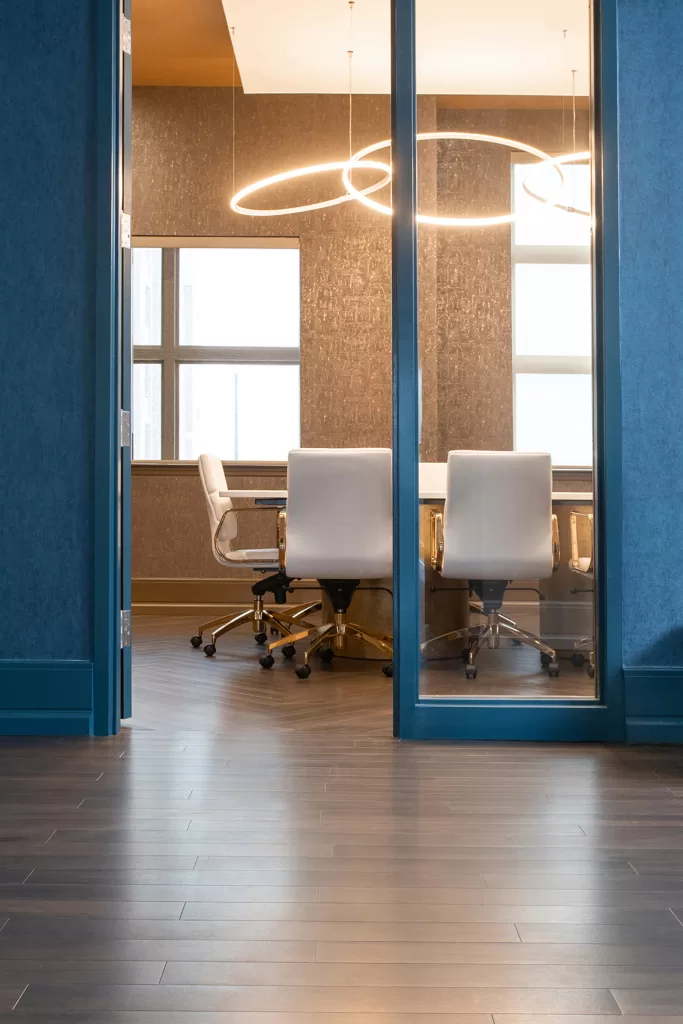In the world of business, the first impression is often the lasting one. And when it comes to leaving a lasting impression, the design of your commercial space plays a pivotal role. Beyond aesthetics, interior design for commercial spaces influences employee productivity, customer experiences, and the overall success of your business. In this blog, we’ll explore the significance of interior design in commercial spaces and how it can elevate your business to new heights.
Creating a Unique Identity
Your commercial space should tell a story, a story that resonates with your brand identity and values. The design elements, color schemes, and overall ambiance should convey your message effortlessly. Whether it’s a cozy café, a modern office, or a trendy retail store, every detail counts in creating a unique and memorable space.
Boosting Employee Productivity and Well-being
A well-designed commercial space isn’t just about aesthetics; it’s about functionality. Comfortable workstations, ergonomic furniture, and well-planned layouts can significantly impact employee productivity and well-being. A workspace that considers both aesthetics and functionality creates an environment where employees thrive and feel inspired.
Enhancing Customer Experience
For businesses that cater to customers, interior design plays a crucial role in shaping their experience. The layout, lighting, and overall ambiance can influence how long customers stay, what they purchase, and whether they return. Thoughtful interior design can create a welcoming atmosphere that encourages customers to linger, explore, and engage.
Efficiency and Flow
Efficient use of space is another vital aspect of commercial interior design. A well-organized layout optimizes the flow of both employees and customers. This efficiency can result in shorter wait times, smoother transactions, and increased customer satisfaction.
Flexibility and Adaptability
Commercial spaces need to adapt to changing needs and trends. An effective interior design plan should consider flexibility. Modular furniture, movable partitions, and adaptable layouts allow your space to evolve as your business grows or shifts its focus.
Sustainability and Eco-Friendly Design
Sustainability is no longer just a trend; it’s a necessity. Eco-friendly design not only aligns with corporate social responsibility but also appeals to environmentally conscious customers and employees. Incorporating sustainable materials, energy-efficient lighting, and eco-friendly practices into your interior design can contribute to a greener, more responsible business image.
Compliance and Safety
Interior design for commercial spaces must adhere to local building codes and safety regulations. Professionals in the field are well-versed in these requirements, ensuring that your space is not only aesthetically pleasing but also safe and compliant.

Conclusion
The importance of interior design in commercial spaces cannot be overstated. It goes beyond making your space look good; it influences your brand identity, employee satisfaction, customer experiences, and ultimately, your bottom line. Whether you’re designing a new office, retail store, or restaurant, investing in thoughtful interior design is an investment in the success and longevity of your business. Don’t just create a space; create an experience that leaves a lasting impression.






